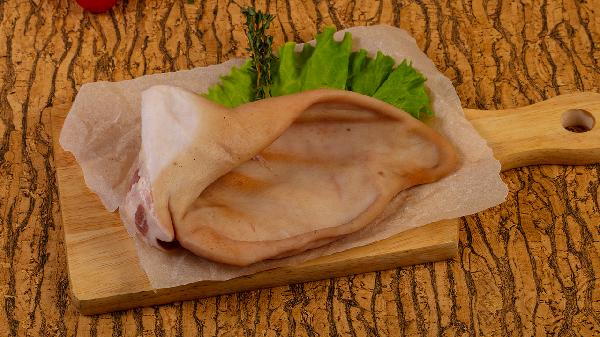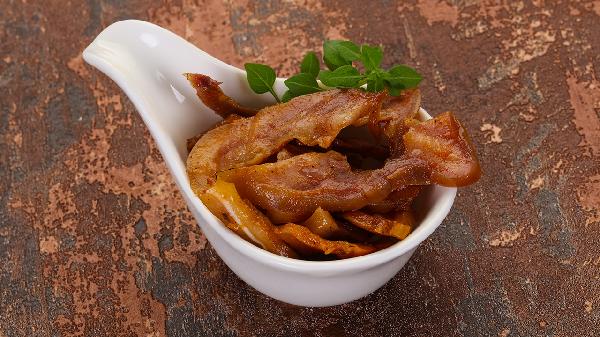If you're looking to shed fat while keeping your hard-earned muscle, nailing your cutting diet is non-negotiable. It’s not just about eating less—it’s about eating smart. A proper cutting phase requires precision, patience, and a solid understanding of how to fuel your body for fat loss without sacrificing gains. Let’s break down the ultimate game plan to get shredded while staying strong.

The Science Behind Cutting
Cutting is all about creating a calorie deficit—burning more than you consume—but doing it in a way that spares muscle. Too aggressive of a deficit, and your body starts cannibalizing muscle for energy. Too lenient, and fat loss stalls. The sweet spot? A moderate deficit of 300–500 calories below maintenance, paired with enough protein to keep muscle intact.
Protein is your best friend here, but carbs and fats still play crucial roles. Carbs fuel your workouts and recovery, while fats support hormone production (including testosterone, which helps preserve muscle). The trick is balancing all three while keeping calories in check.
Protein: The Muscle-Saving MVP
When cutting, protein needs to be high. Aim for 1–1.2 grams per pound of body weight daily. Why? Protein keeps you full, supports muscle repair, and has the highest thermic effect of food (meaning your body burns more calories digesting it).
Best protein sources:
Don’t skip on variety—different protein sources provide different amino acid profiles, keeping your muscles well-fed.
Carbs: Strategic Fuel for Performance
Carbs aren’t the enemy—they’re your workout fuel. The key is timing them right. Prioritize carbs around workouts to maximize energy and recovery. On rest days, you can dial them back slightly since your energy demands are lower.
Best carb sources:
Low-carb days can help with fat loss, but don’t slash them too hard—your performance (and sanity) will suffer.
Fats: The Hormone Helper
Fats often get demonized, but they’re essential for hormone health, especially when calories are low. Aim for 0.3–0.5 grams per pound of body weight from quality sources.
Best fat sources:
Keep fats consistent but don’t go overboard—they’re calorie-dense, so a little goes a long way.
Meal Timing & Frequency
There’s no magic meal frequency—what matters most is hitting your macros and calories. That said, spreading protein intake evenly (every 3–4 hours) helps maximize muscle protein synthesis.
Sample cutting meal plan (for a 180-lb lifter):
Adjust portions based on your calorie needs, but this structure keeps protein high and carbs strategic.
Supplements That Actually Help
While food comes first, a few supplements can give you an edge:
Skip the fat burners—they’re not worth the hype (or the jitters).
Common Cutting Mistakes to Avoid
1、Slashing calories too hard – You’ll lose muscle, feel like garbage, and hit a plateau fast.
2、Neglecting strength training – Lift heavy to signal your body to hold onto muscle.
3、Overdoing cardio – A little goes a long way; focus on diet first.
4、Ignoring micronutrients – Vitamins and minerals keep your metabolism humming.
5、Being impatient – Shredding takes time—aim for 0.5–1 lb of fat loss per week.
The Mental Game
Cutting isn’t just physical—it’s mental. Hunger, cravings, and energy dips are normal. Stay flexible—if you need a refeed day (a slight calorie bump, usually from carbs), take it. It resets hormones and keeps you sane.
Remember, the goal isn’t just to get lean—it’s to stay strong, healthy, and ready to crush your next bulk. Stay consistent, trust the process, and those abs will show up. Now go eat (strategically) and get shredded.
























